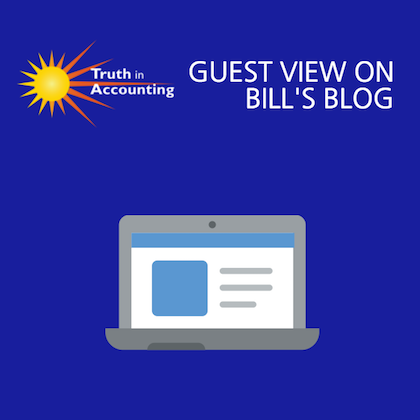
This is the second of a series of six articles by Tom McKinney on federal government retirement plans. Here is his Part I introduction to this series.
Funding Standards
The federal government retirement fund has not had pension funding standards similar to private-sector retirement plans. Under federal pension laws, the private sector is required to declare their retirement plan in “endangered” status if their pension funding percentage declines to less than 80 percent. A plan is in “critical” status if the funding percentage is less than 65 percent. When a private-sector retirement plan enters critical status, the retirement fund trustees are required to adopt a rehabilitation plan and report the plan to the US Department of Labor.
How about the federal government’s own plans? In fiscal year 2010, the federal government’s Civil Service Retirement and Disability Fund was funded at 51 percent. By the end of 2015 it had declined to 48 percent. The Office of Personnel Management, the administrator of the retirement plan, needs pension funding standards.
Generally Accepted Government Auditing Standards, also known as the “Yellow Book,” provide the framework for conducting high quality audits with competence, integrity, and objectivity for federal agencies. However, neither the Yellow Book nor the Office of Personnel Management had pension funding standards similar to the private sector. And no one fixed the funding problem.
A private-sector company would have been forced by the government to solve the problem. For example, a private-sector union pension fund: the Teamsters-sponsored Central States Pension Fund was also funded at 48 percent and was declared in critical status and in decline. As a result, pension fund trustees developed a rehabilitation plan. The rehabilitation plan called for most of the 200,000 retired Teamsters to have their pensions reduced up to 50 percent in July 2016. The reason for the reduction was that the Pension Benefit Guaranty Corporation did not have sufficient funds to totally rescue the Central States Pension Fund.
Why the Federal Retirement Plan Fell Short
Benefit costs accruing each year were understated, and therefore, the retirement plan fell short every year.
The Government Accountability Office (GAO) reported on August 3, 1977 (report FPCD-77-48) that “The cost and liabilities of federal retirement programs are much greater than recognized by current costing and funding procedures.” It also noted that “This resulted in considerable understatement of benefit costs accruing each year.”
GAO recommended that “Congress should enact legislation requiring that the full cost of federal retirement systems be recognized and funded, and that the difference between currently accruing cost and employee contributions be charged to agency operations.” However, these full costs have not been charged to the individual agencies. The difference between currently accruing cost and employee contributions have been charged to the Office of Personnel Management’s current central administrative accounts. To be fair, the individual agencies should have been charged for the difference.

